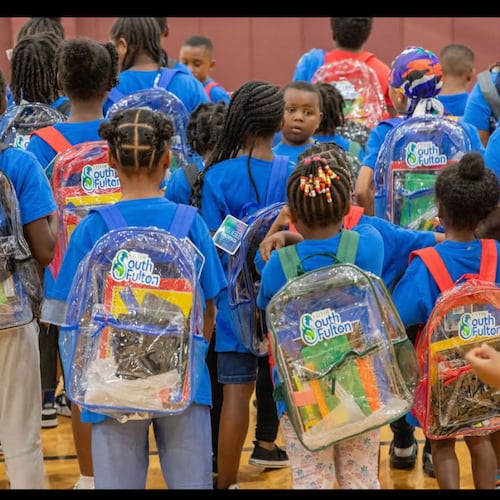Jesús Tirado taught high school social studies for nine years before undertaking a doctoral degree in social studies education at the University of Georgia. He is president of the Educational Theory and Practice Graduate Student Organization at UGA.
In this essay, Tirado says the push to arm teachers is at odds with their mission to educate children.
His piece comes in the wake of a decision earlier this month by the Laurens County school board to allow school staff to carry guns. The resolution, apparently the first in Georgia, authorizes “certain personnel to possess or carry weapons on any property or in any building owned or leased by the district, at a school function, or on a bus or other transportation furnished by the district.”
The Fannin County School System is also considering allowing teachers to carry guns.
By Jesús Tirado
Schools across the country responded to the Parkland shooting in different ways. Many held marches, assemblies, forums, and moments of silence. Alongside these exercises of civic engagement, schools also practiced active shooter and lockdown drills.
During these drills, the entire school shuts down. Students huddle underneath desks or against walls, staying silent in the dark. Nothing occurs, just practicing survival on the most basic level. These drills aim to keep schools safe but won’t work if they are matched by plans to bring more guns into schools, whether in the hands of teachers or more police.
It is an understatement to say we want every kid who goes to school to come home safe. But we also want our classrooms to be vibrant spaces, alive with interaction and learning. That isn’t possible when we are grappling with the best ways to keep our students alive.
The debate about gun violence in schools misses how to protect our schools as learning spaces. Neither arming teachers nor more police address how the problem of gun violence disrupts schools' mission to help prepare citizens and encourage participation in our society.
Many people advocate arming teachers. What is the logic in giving teachers guns when their primary job focuses on teaching and not executing violence against others?
Are teachers prepared to distinguish rumors from facts before executing violence? Our teachers are already doing too much, and we can’t expect to turn them into an armed militia overnight. Teachers now carry the burden of keeping students safe. I don’t doubt their capacity to take on more, but I would rather they focused their capacities on building better classrooms instead of training to be the next John Rambo. Transforming the teaching force into a semi-militia would deter from their mission of education their students.
Bringing more police into schools might seem like a better solution than arming teachers. But this isn’t the case as the police in our schools have already changed how schooling and learning is done.
While having more police in the hallways takes away some burden of safety from teachers, it also puts students in a direct line and observation by the police; this makes our students subject to their rulings and actions. This jump-started the school-to-prison pipeline as now officers can arrest students for school rule violations and behavioral problems.
This has affected our black and brown students as they find themselves disproportionately victims of this surveillance. This needs to be addressed as it is taking away their opportunities to learn and reach their potential.
We need to be more thoughtful about how to solve the problem of violence in our schools. The last thing we want to do is to create more problems and undermine valuable learning time.
I want you to think about the lockdown drill again. I know schools go through many drills: tornado drills, fire drills, and even testing drills. But lockdown drills are different. Instead of providing an escape to safety, students stay in their classrooms and wait.
Wait in silence, in the dark, with the teachers, against a wall and far from windows. Wait until someone comes and unlocks the door saying the drill is over.
Our children are the now and the future of our communities and nation. Children need to be safe to learn. Their safety must be a priority, but we also must protect their learning and allow schools to once again become places where students can flourish.
Instead of figuring out who to arm, we need to work on valuing the learning that goes on in schools and why it is important.
About the Author
Keep Reading
The Latest
Featured



